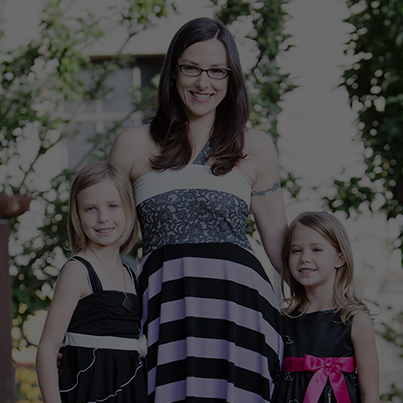Which of the 5 Life Story Types Do You Have?
How to Connect With an Audience
Posted Aug. 16, 2016, 3 p.m.
This article originally appeared on Backstage Magazine
Whenever I work with actors, their focus is usually on what they want next for their careers. They want more roles, better roles, rave reviews, and maybe even an award. Connecting with their audience usually doesn’t make that list. However, it’s the one thing that everything else depends upon. The more you connect with your audience, the more sought after you’ll become by everyone—including directors, casting directors, and agents.
As an actor, it’s easy to get in your head and worry about how you’ll be seen, if your performance will be good enough, or whether or not people will like you. Oftentimes to overcome this, you might try picturing your audience naked or boosting yourself up in the mirror as if you’re better than them. The problem with these kinds of practices is that they create a sense of separation between you and your audience, which makes it damn near impossible for you to really move them.
When you take your focus off conjecture or anticipation regarding things outside your control, and instead put it on how you can serve your audience, you give yourself a much more productive way to direct your energy. And doing that will make your audience love you more anyway, because they can feel that you genuinely care about them.
The truth is that your audience entrusts you with their time, energy, focus, and money, and they want you to do well. The more you connect with them, the more successful you will be at doing what you’re really there to do: make an impact.
When I work with clients one-on-one, we craft intention statements so that they connect more deeply with their audience. I do the same with production teams, where we focus even more intensely on their relationship with the audience, because everyone is there for the singular purpose of putting on this one run or making this one film.
Here is a list of seven steps you can take on your own in preparation for your next role:
- Close your eyes and focus your attention inward. Notice how you feel in your heart.
- Imagine your audience, whether in the theater or on the couch at home watching television. See them all as hearts with ears (instead of naked bodies).
- Ask yourself: What do I want for my audience? What do they need? And how can I deliver it?
- Write down your answers and play with the wording until the statements feel right. Here are some examples that might resonate with you:
- a. We meet the audience where they are and take them on a compelling journey.
- b. The audience is part of the play/film.
- c. They see themselves in the show and find new ways to move through their own challenges.
- d. We’re bonded with the audience, we love and accept one another.
- e. Our audience feels moved and inspired to take positive action.
- Read your statements aloud.
- Read them again before each rehearsal or performance.
- Then let it all go and trust that your intentions are known—they will naturally inform your work.
Completing this exercise induces a powerful reframe in your mind—away from anxiety and fears about what your audience will think and onto what you can do for them. This helps you to relax so you can give a more honest and authentic performance. It also helps you to honor your role as the director of your audience’s consciousness and, ultimately, fulfill your purpose as an artist.
If you found this article helpful, I invite you to join my private Facebook Group, TEA House, for daily support from me and other like-minded artists.







